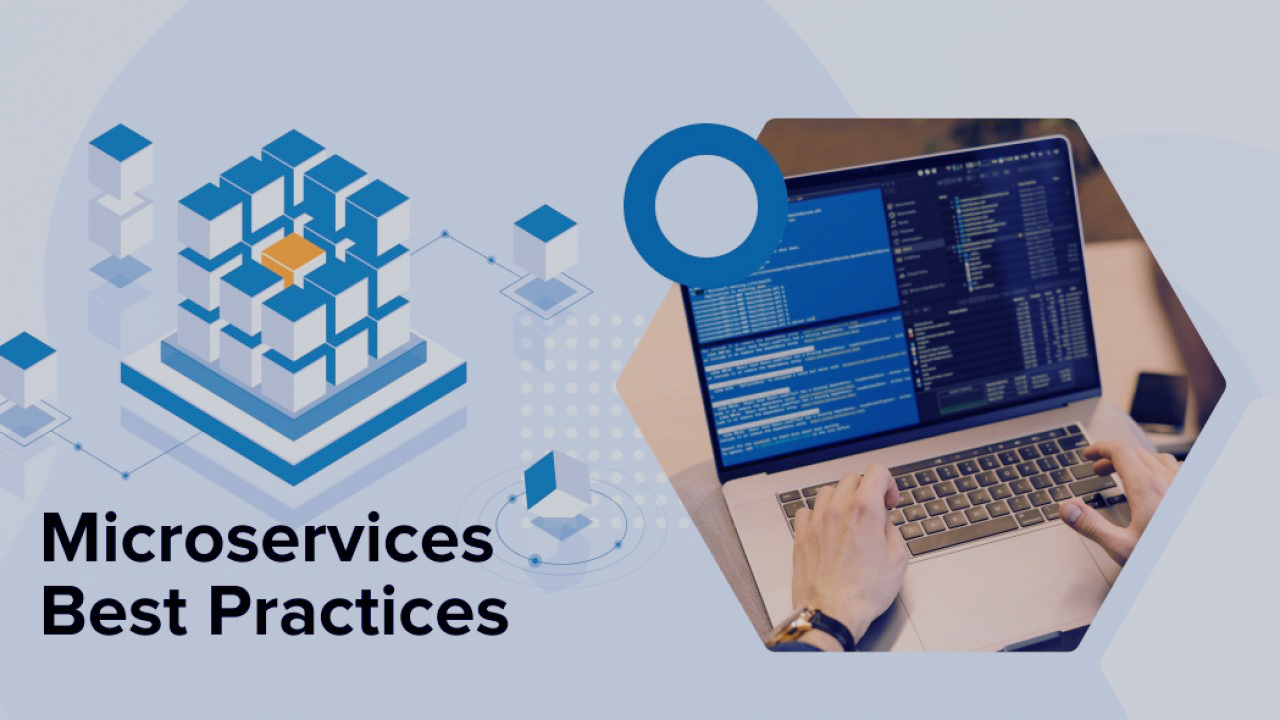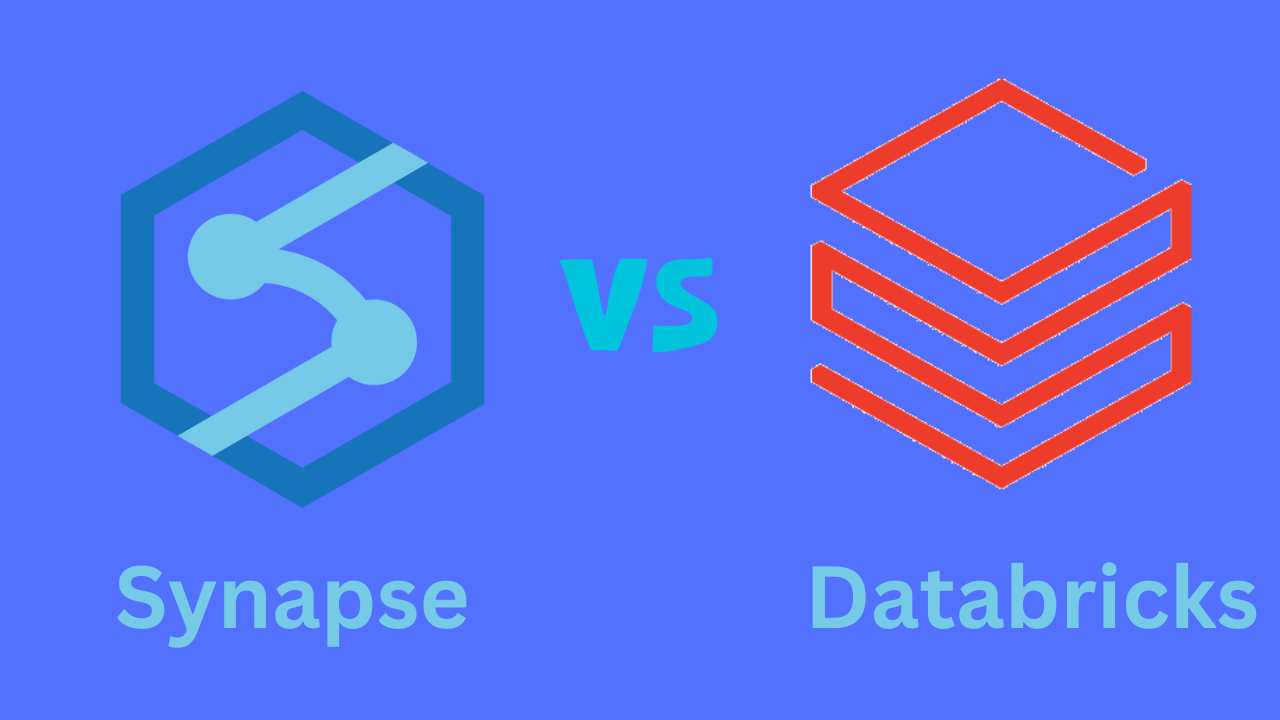Distributed Denial-of-Service (DDoS) attacks are a growing threat to businesses and organizations of all sizes. These attacks can cause significant damage to a company’s reputation, financial stability, and customer trust. In this guide, we will explore the steps you can take to mitigate the impact of a DDoS attack and protect your organization from future attacks.
Understanding DDoS Attacks
DDoS attacks are a type of cyber attack that aims to disrupt the normal functioning of a website or online service by overwhelming it with traffic. Unlike a traditional Denial-of-Service (DoS) attack, which is carried out by a single computer or network, DDoS attacks are launched from multiple sources, making them much harder to defend against.
There are several types of DDoS attacks, including volumetric attacks, protocol attacks, and application-layer attacks. Volumetric attacks are the most common type of DDoS attack and involve flooding a website or network with a large volume of traffic. Protocol attacks target the network infrastructure, while application-layer attacks target specific applications or services.
How to Mitigate DDoS Attacks?
Preparing for a DDoS Attack

The best way to mitigate the impact of a DDoS attack is to prepare for it in advance. This involves developing a comprehensive DDoS response plan that outlines the steps you will take in the event of an attack. Your response plan should include the following:
- Conduct a risk assessment: Identify the potential risks and vulnerabilities in your network and applications that could be exploited by a DDoS attack.
- Develop a response team: Establish a team of IT professionals who will be responsible for responding to a DDoS attack. This team should include representatives from your IT, security, and communications departments.
- Test your response plan: Conduct regular tabletop exercises and tests to identify gaps and issues in your response plan. Use the lessons learned from these exercises to update your plan.
- Deploy DDoS mitigation tools: Invest in DDoS mitigation tools and services that can help you detect and block DDoS attacks before they reach your network.
How AI Is Improving Data Management
Detecting a DDoS Attack
The first step in mitigating a DDoS attack is to detect it as early as possible. There are several indicators that can help you identify a DDoS attack, including:
- Network latency or unusually slow network performance
- Sluggish application performance
- High processor and memory utilization
- Abnormally high network traffic
- Unavailability or in accessibility of critical services
If you notice any of these indicators, it’s important to investigate further to determine if a DDoS attack is underway. You can use network monitoring tools to track network traffic and identify any unusual patterns or spikes in traffic.
Responding to a DDoS Attack
Once you have detected a DDoS attack, it’s important to respond quickly to minimize the damage. Here are the steps you should take:
- Activate your response plan: Follow the steps outlined in your DDoS response plan to initiate your response team and begin mitigating the attack.
- Block malicious traffic: Use firewalls and other security tools to block traffic from known malicious IP addresses and domains.
- Reroute traffic: Use load balancers and other network infrastructure tools to reroute legitimate traffic away from the affected servers and services.
- Contact your service providers: If you are using third-party service providers, such as cloud hosting or content delivery networks, contact them immediately to report the attack and request their assistance in mitigating it.
- Monitor the situation: Continuously monitor the situation to ensure that the attack is being mitigated and that your network and services are returning to normal.
Mitigating Future DDoS Attacks

Bayesian Network vs Neural Network
To protect your organization from future DDoS attacks, you should take the following steps:
- Invest in DDoS mitigation tools and services: Use DDoS mitigation tools and services to detect and block DDoS attacks before they reach your network.
- Conduct regular risk assessments: Continuously assess your network and applications for potential vulnerabilities that could be exploited by a DDoS attack.
- Train your employees: Educate your employees on how to identify and respond to DDoS attacks. This includes training on how to use DDoS mitigation tools and services.
- Develop a business continuity plan: Develop a plan for how your organization will continue to operate in the event of a DDoS attack. This should include backup systems and processes for critical services.
Conclusion
DDoS attacks are a growing threat to businesses and organizations of all sizes. By understanding the nature of these attacks and taking proactive steps to prepare for and mitigate them, you can protect your organization from the damaging effects of a DDoS attack. Remember to invest in DDoS mitigation tools and services, conduct regular risk assessments, train your employees, and develop a business continuity plan to ensure that your organization can continue to operate in the event of an attack.
FAQs
How can I prepare for a DDoS attack?
You can prepare for a DDoS attack by conducting a risk assessment, developing a response team, testing your response plan, and deploying DDoS mitigation tools.
What are the different types of DDoS attacks?
The different types of DDoS attacks include volumetric attacks, protocol attacks, and application-layer attacks.
What is a DDoS response plan?
A DDoS response plan is a comprehensive plan that outlines the steps you will take in the event of a DDoS attack.
How can I test my DDoS response plan?
You can test your DDoS response plan by conducting regular tabletop exercises and tests to identify gaps and issues in your response plan.

















